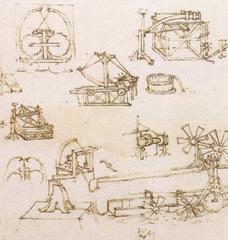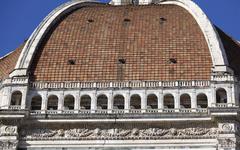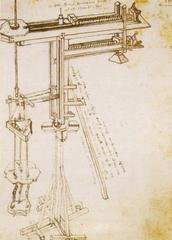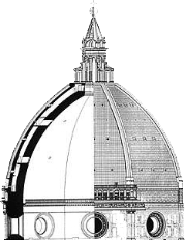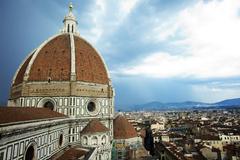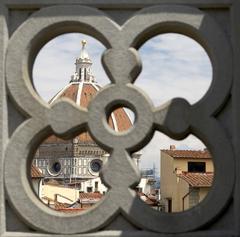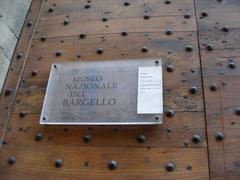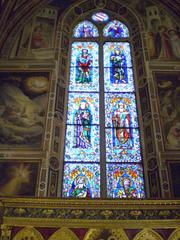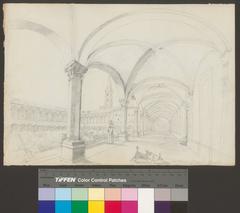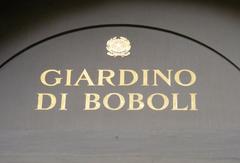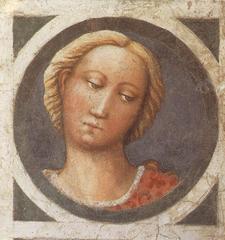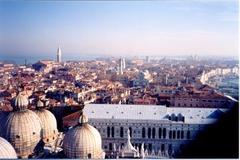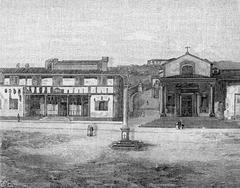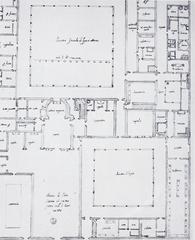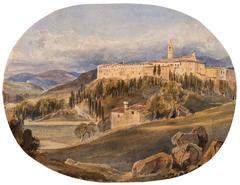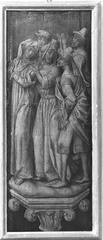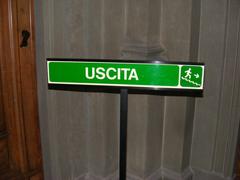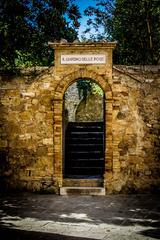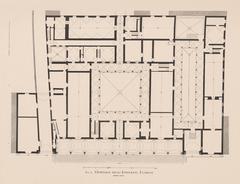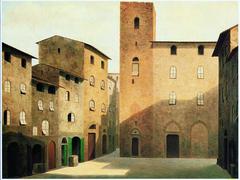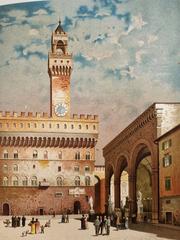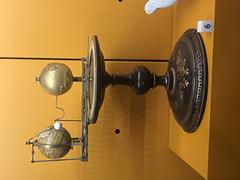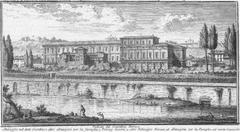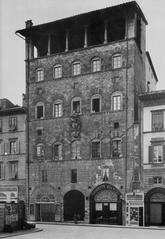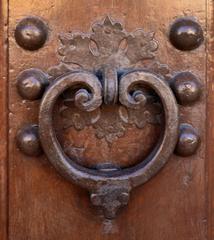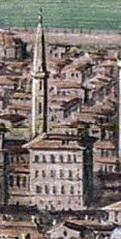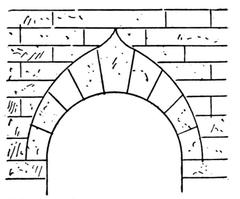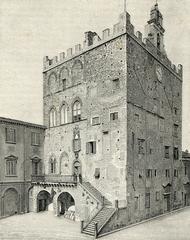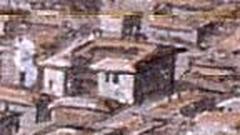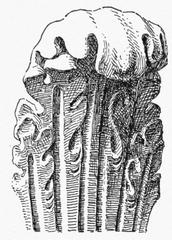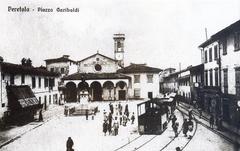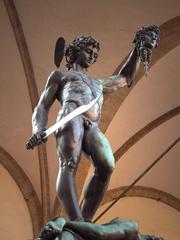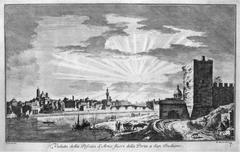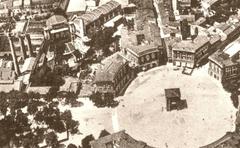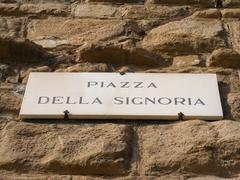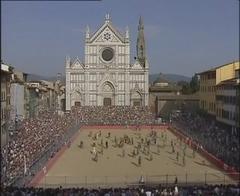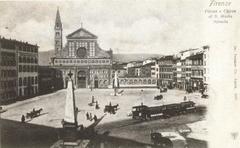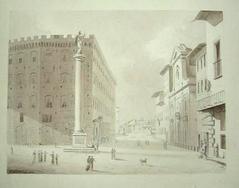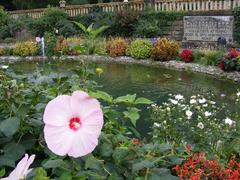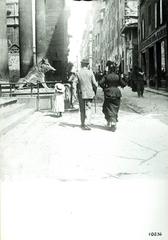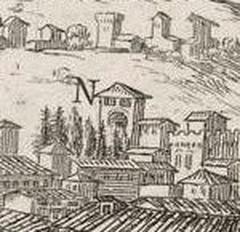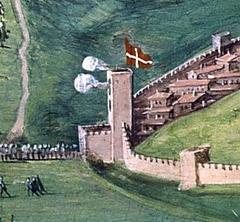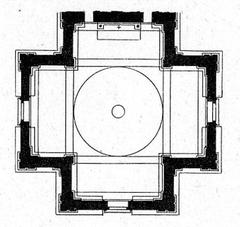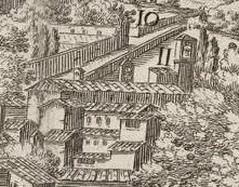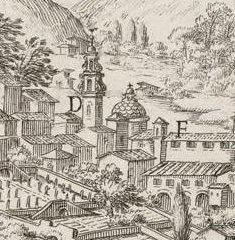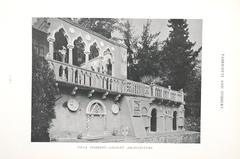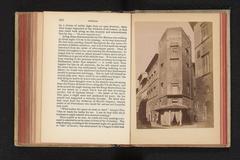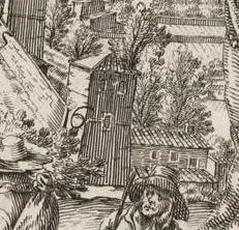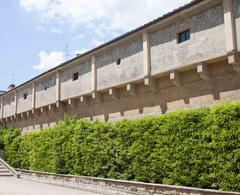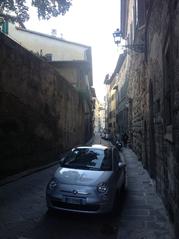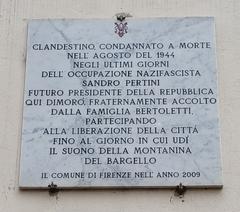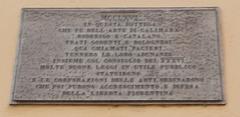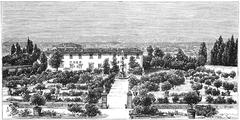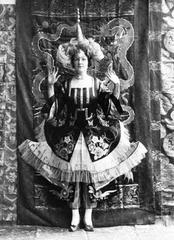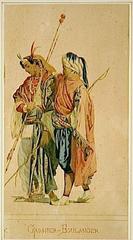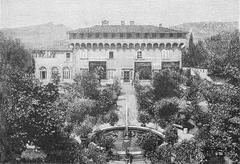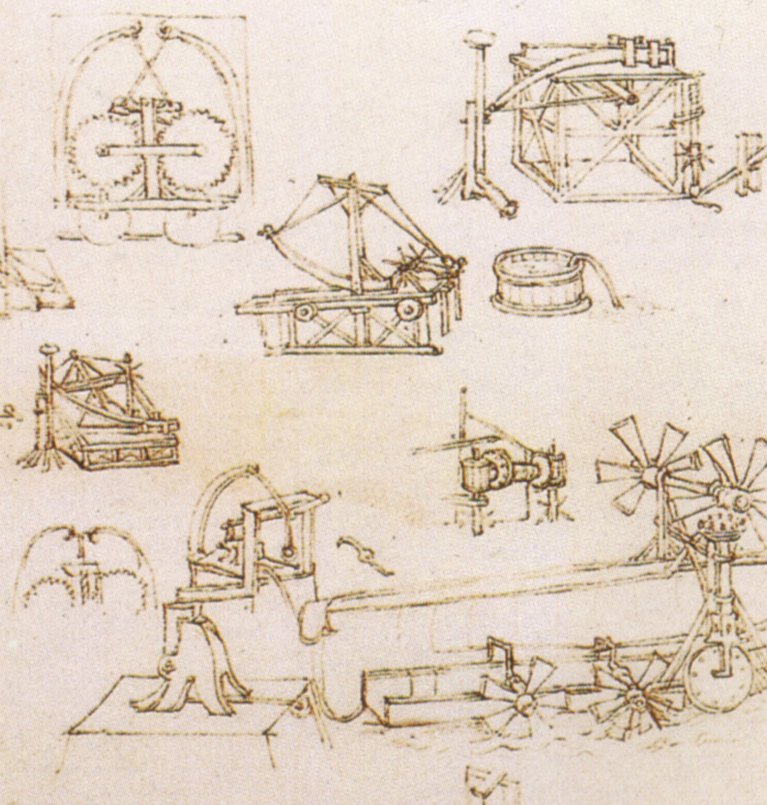
Comprehensive Guide to Visiting Cattedrale di Santa Maria del Fiore, Florence, Italy
Date: 18/07/2024
Introduction
The Cattedrale di Santa Maria del Fiore, more commonly known as the Florence Cathedral or the Duomo, stands as a monumental tribute to the city of Florence’s rich cultural and historical heritage. This architectural marvel is not only a central piece of Renaissance art but also a symbol of Florence’s religious and political history. Constructed over several centuries beginning in 1296 under the guidance of Arnolfo di Cambio, the cathedral has seen contributions from numerous prominent architects, including Giotto di Bondone and Andrea Pisano (Florence Cathedral History). The crowning glory of the cathedral is Filippo Brunelleschi’s dome, completed in 1436, which remains the largest masonry dome ever built, a testament to Renaissance ingenuity (Brunelleschi’s Dome).
The Florence Cathedral is not merely an architectural feat; it serves as a repository of Renaissance art, featuring the works of Giorgio Vasari and Federico Zuccari, among others. The interior frescoes depicting the Last Judgment span 3,600 square meters, making them one of the largest and most significant fresco cycles of the period (Vasari’s Frescoes). Over the centuries, the cathedral has played host to pivotal historical events, such as the Council of Florence in 1439, aimed at reconciling the Eastern Orthodox and Roman Catholic Churches (Council of Florence).
This guide aims to provide you with comprehensive information on visiting the Cattedrale di Santa Maria del Fiore, including its history, visiting hours, ticket information, and travel tips. Whether you are a history buff, an art lover, or a casual visitor, this guide will help you make the most of your visit to one of Italy’s most iconic landmarks.
Table of Contents
- [History of Cattedrale di Santa Maria del Fiore](#history-of-cattedrale-di-santa-maria-del-fiorehistory-of-cattedrale-di-santa-maria-del-fiore)
- [Origins and Early Construction](#origins-and-early-constructionorigins-and-early-construction)
- [Architectural Evolution](#architectural-evolutionarchitectural-evolution)
- [The Dome by Filippo Brunelleschi](#the-dome-by-filippo-brunelleschithe-dome-by-filippo-brunelleschi)
- [Consecration and Later Additions](#consecration-and-later-additionsconsecration-and-later-additions)
- [Artistic Contributions](#artistic-contributionsartistic-contributions)
- [Historical Significance](#historical-significancehistorical-significance)
- [Preservation and Restoration](#preservation-and-restorationpreservation-and-restoration)
- [Visitor Information](#visitor-informationvisitor-information)
- [Visiting Hours](#visiting-hoursvisiting-hours)
- [Tickets and Guided Tours](#tickets-and-guided-tourstickets-and-guided-tours)
- [Travel Tips](#travel-tipstravel-tips)
- [Nearby Attractions](#nearby-attractionsnearby-attractions)
- [FAQ](#faqfaq)
- [Conclusion](#conclusionconclusion)
- [References](#referencesreferences)
History of Cattedrale di Santa Maria del Fiore
Origins and Early Construction
The Cattedrale di Santa Maria del Fiore stands as a testament to the architectural and artistic ingenuity of the Renaissance period. Construction began in 1296 under the design of Arnolfo di Cambio. The project was commissioned by the Republic of Florence, reflecting the city’s growing economic and political power (Florence Cathedral History).
Architectural Evolution
The construction spanned several centuries, with numerous architects contributing to its evolving design. Giotto di Bondone designed the campanile (bell tower) in 1334, and Andrea Pisano and Francesco Talenti added distinctive Gothic elements (Giotto’s Campanile).
The Dome by Filippo Brunelleschi
A significant milestone was the construction of the iconic dome by Filippo Brunelleschi. Completed in 1436, it featured a double-shell structure and an innovative herringbone brick pattern. The dome remains the largest masonry dome ever built (Brunelleschi’s Dome).
Consecration and Later Additions
The cathedral was consecrated by Pope Eugene IV on March 25, 1436. The original medieval façade was dismantled in 1587 and replaced by a Neo-Gothic façade designed by Emilio De Fabris, completed in 1871 (Florence Cathedral Façade).
Artistic Contributions
The interior features works by prominent Renaissance artists. The frescoes depicting the Last Judgment were painted by Giorgio Vasari and Federico Zuccari between 1572 and 1579, covering 3,600 square meters (Vasari’s Frescoes).
Historical Significance
The cathedral played a central role in Florence’s religious, cultural, and political life, hosting important events like the Council of Florence in 1439 (Council of Florence).
Preservation and Restoration
Numerous restoration efforts have been undertaken to maintain the cathedral’s structural integrity and artistic heritage (Florence Cathedral Restoration).
Visitor Information
Visiting Hours
The Florence Cathedral is open from Monday to Friday, 10:00 AM to 5:00 PM, and on Saturdays from 10:00 AM to 4:45 PM. The cathedral is closed on Sundays and religious holidays. Check the official website for the most up-to-date hours.
Tickets and Guided Tours
Admission to the cathedral is free, but tickets are required for the dome, bell tower, and other parts of the complex. Tickets can be purchased online or at the ticket office. Guided tours are available and recommended for a comprehensive understanding of the site. For the latest ticket prices and booking information, visit the official Florence Cathedral website.
Travel Tips
- Early Arrival: Arrive early to avoid long lines.
- Dress Code: Modest attire is required (shoulders and knees covered).
- Photography: Allowed, but flash and tripods are prohibited.
- Accessibility: The cathedral is wheelchair accessible, but areas like the dome and bell tower may have limited access due to stairs.
Nearby Attractions
- Baptistery of San Giovanni: Renowned for its bronze doors, known as the Gates of Paradise.
- Giotto’s Campanile: Offers breathtaking views of Florence.
- Uffizi Gallery: Houses an extensive collection of Renaissance art.
- Piazza della Signoria: Home to the Palazzo Vecchio and several notable statues.
FAQ
Q: What are the visiting hours for the Florence Cathedral?
A: The cathedral is open from Monday to Friday, 10:00 AM to 5:00 PM, and on Saturdays from 10:00 AM to 4:45 PM. It is closed on Sundays and religious holidays.
Q: Do I need a ticket to visit the Florence Cathedral?
A: Admission to the cathedral is free, but tickets are required for the dome, bell tower, and other parts of the complex.
Q: Are guided tours available?
A: Yes, guided tours are available and recommended for a comprehensive understanding of the cathedral’s history and architecture.
Q: Is the Florence Cathedral wheelchair accessible?
A: The cathedral is wheelchair accessible, but some areas, like the dome and bell tower, may have limited access due to stairs.
Conclusion
The Cattedrale di Santa Maria del Fiore is a must-visit landmark that encapsulates the artistic and architectural achievements of the Renaissance. From its ambitious beginnings to its present-day significance, the cathedral offers a rich and immersive experience for visitors. Plan your visit to explore this monumental complex and delve into the history and beauty of Florence.
References
- Florence Cathedral History. (2023). Encyclopedia Britannica. https://www.britannica.com/topic/Florence-Cathedral
- Giotto’s Campanile. (2023). Encyclopedia Britannica. https://www.britannica.com/topic/Giottos-Campanile
- Brunelleschi’s Dome. (2023). Encyclopedia Britannica. https://www.britannica.com/biography/Filippo-Brunelleschi
- Vasari’s Frescoes. (2023). Encyclopedia Britannica. https://www.britannica.com/biography/Giorgio-Vasari
- Council of Florence. (2023). Encyclopedia Britannica. https://www.britannica.com/event/Council-of-Florence
- Florence Cathedral Restoration. (2023). Encyclopedia Britannica. https://www.britannica.com/topic/Florence-Cathedral
- Art in the Duomo. (2023). Uffizi Gallery. https://www.uffizi.it/en/artworks/duomo
- Conservation Efforts. (2023). Opera di Santa Maria del Fiore. https://www.operaduomo.firenze.it/en
- Global Influence. (2023). Architectural Digest. https://www.architecturaldigest.com/story/filippo-brunelleschi-dome-florence-cathedral
